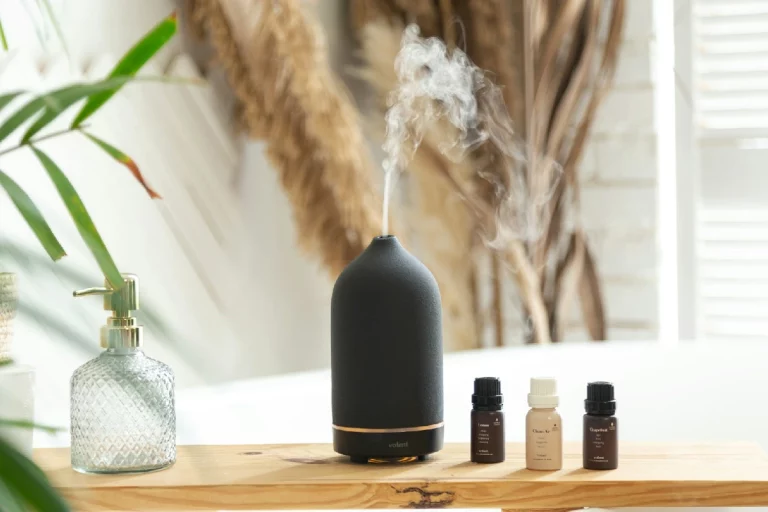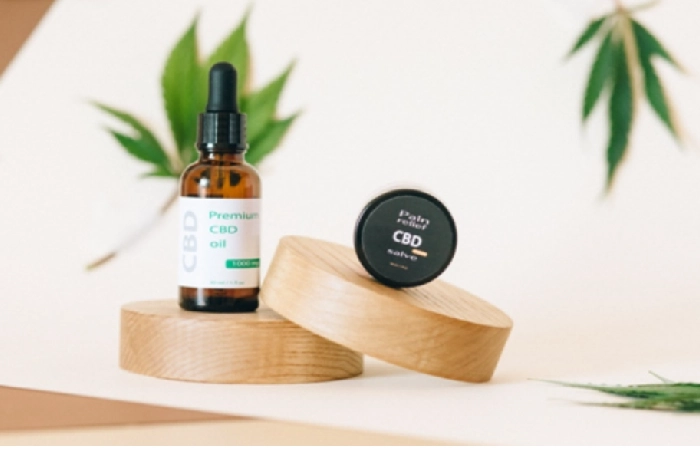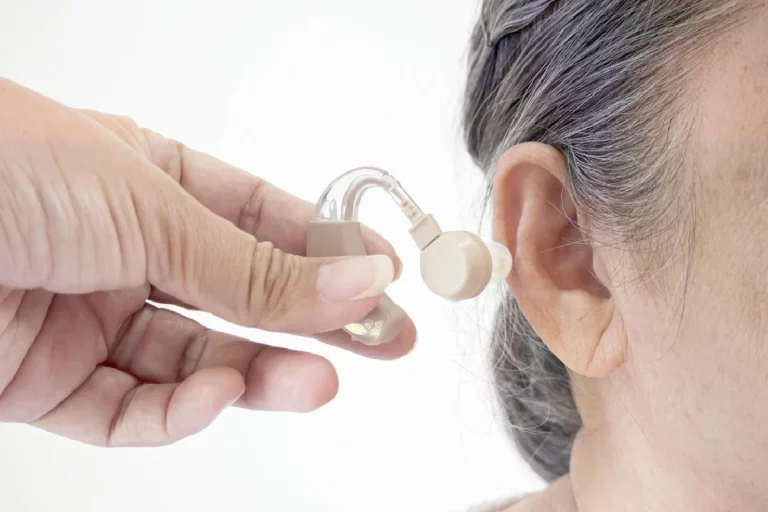Table of Contents
What are All-On-4 implants made of?
The All on 4 dental implant system manufacturers provide their own brand of implants made from titanium alloy. The All-on-4 system prides itself on restoring all its patients’ teeth with 4 implants and 4 abutments. This is different from other dental implant procedures, which could require anywhere from 6 to 12 implants for full restoration of the patient’s teeth.
Is All-On-4 Offered in all specialties?
The All-on-4 implant system is primarily used by Oral and Maxillofacial Surgeons (OMS). An OMS is a specialist in diagnosing and managing diseases, injuries, and defects of the mouth, jaws, and associated structures. They also deal with oral and facial pain conditions and abnormalities related to the teeth, such as malocclusions (bad bites.)
Is there a Difference Between Implant-Supported Dentures and All-On-4?
The primary distinction between Implant-Supported Dentures and All-On-4 is that the former can be fitted for patients lacking teeth while the latter is only used to replace an entire arch of all upper or lower teeth.
With Implant Supported Dentures, a patient could still be missing some of their natural teeth, and this would need to be supplemented by bridgework or an overdenture (fake teeth held on by clasps). An All-On-4, on the other hand, is made to replace all of a patient’s natural teeth.
Are there long term studies about the Success of All-On-4 implants?
There are currently no long term studies that can attest to the success rates of All-on-4 implant systems. There has, however, been a great deal of clinical and case studies done by the manufacturers themselves to promote their product, and there does exist 2nd and 3rd generation models of this system which were developed after thorough laboratory experiments, daily clinical testing and years of research.
Is All-On-4 an Economical option?
The distributors of the All-on-4 implant system claim that having four implants up front would be more cost-effective for patients as it eliminates the need to have several dental implant procedures done over time. Implants are usually priced at around $2000 per tooth, which means if you are missing your entire upper or lower arch, it could cost you up to $8000 for a complete set of implants. With the All-on-4 system, all 4 teeth get replaced with the same implant, thus resulting in significant savings over time.
The use of titanium alloy also means that patients do not need to factor in additional costs when purchasing gold or silver fillings, caps and crowns.
Is the All-On-4 implant system a good option for replacing Adjacent teeth?
When it comes to replacing adjacent teeth, there are many instances when traditional implants cannot be used because the neighbouring teeth would obstruct access to the implant site. The All-on-4 system can be helpful in such circumstances as it requires less surgical space compared to other dental implant placement methods.
Do All-On-4 Dentures Result in a loss of Facial Structure?
The All-on-4 system requires that implants be sunk into the jawbone, which means that there will be less bone mass available for chewing. This would not pose a problem if the patient only had to replace their front teeth, but when missing both sets of upper and lower teeth, it can make it difficult for the patient to chew their food correctly.
Therefore, an All-On-4 implant denture would not be advised for patients who intend on eating tough foodstuff.
What are the Alternatives to having all-on-four dental Implants?
There are many alternative options available to patients with missing teeth. Some of these include traditional implants, which do not require as much surgical space, dental bridges or other fixed solutions.
The use of implant-retained overdentures is another option that can usually be done without affecting the jawbone structure. However, this results in an increase in treatment time and costs more than All-on-4 implants. In addition, the patient would also have to regularly remove their denture to clean it, which would not be the case if they had a fixed solution.
Above mentioned are some of the most frequently asked questions about All-on-4 dental implants. If you have any more questions regarding the treatment, it is best to consult your dentist.














